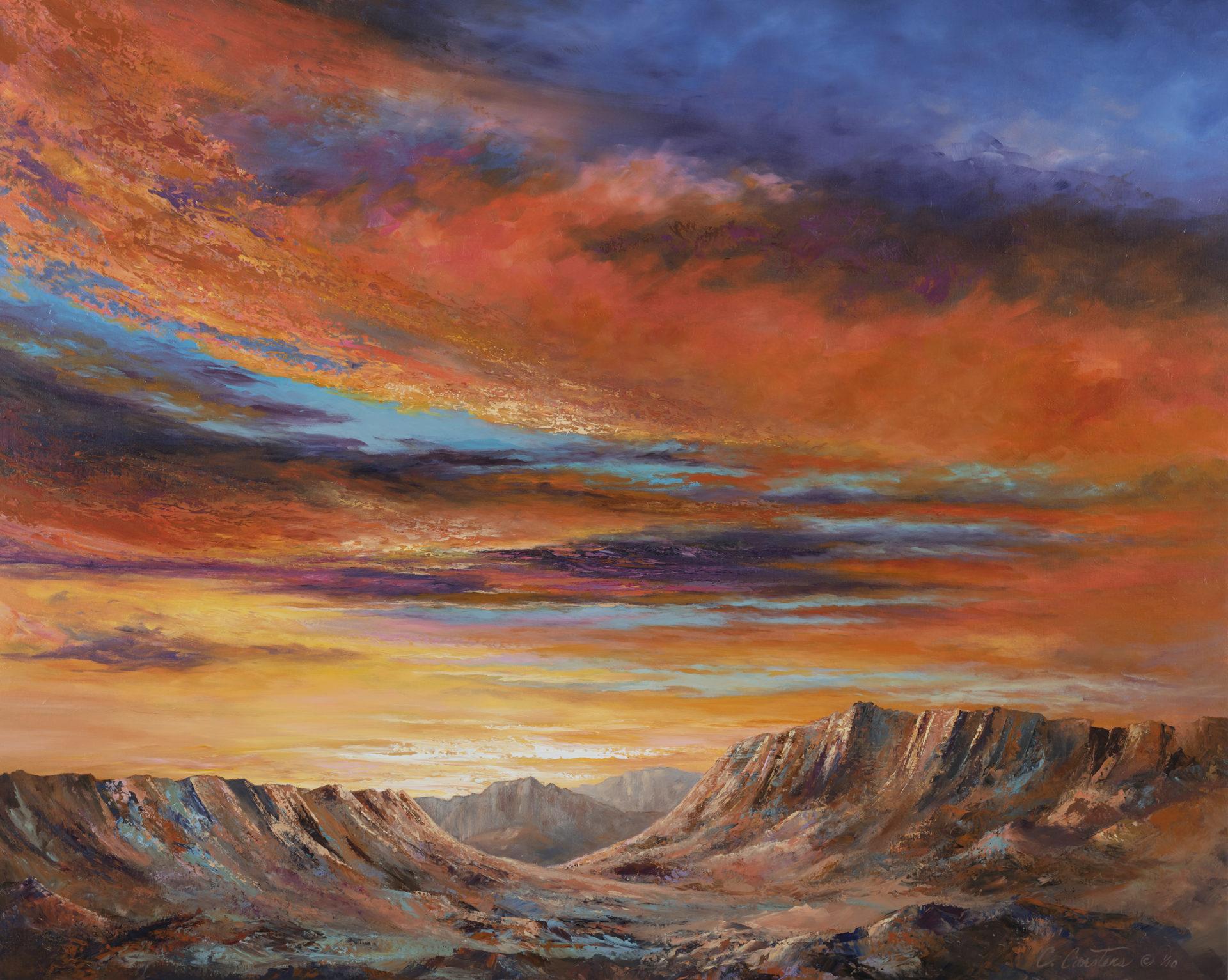Everything You Need To Know About Abstract Impressionism
Art is a form of expression. It is most often used to capture an emotion, feeling, or moment in time. An artist can convey beauty, tragedy, love, pain, and so much more. Through the abstract impressionist art movement, paint and canvas becomes a medium to communicate abstract ideas with others.
What Is Abstract Impressionism?
Abstract Impressionism is an art movement in which the artist is able to convey conceptual and abstract ideas without the use of conventional or objective illustrations. It is a movement that gives artists freedom to express things that are often impossible to articulate. Using traditional and nontraditional methods, an artist is able to let go and create.
Through Abstract Impressionism, the artist is able to create something that expresses concepts, inner sentiments, and so much more. There are no limits to what they can convey on the canvas.
The History of Abstract Impressionism
Impressionism was first introduced in France during the late 19th century. The movement was named after Claude Monet’s painting, Impression, Soleil Levant. The traditional artistic community disapproved of the movement and Monet’s painting was panned by art critics who believed his work did not look like an actual painting, but more like a rough sketch.
The Abstract Impressionism art movement began gaining traction in the 1940s, reaching peak popularity in the 1950s. The name was coined by painter Elaine de Kooning, and the meaning of the movement was provided by painter, art critic and professor Louis Finkelstein shortly after. Finkelstein’s definition differentiated the movement from Abstract Expressionism.
Since that time, Abstract Impressionism has continued to inspire and capture the attention of art lovers around the world.
Expressionism vs Impressionism
These two art movements are incredibly important to the art world and there are very key differences between them.
- Impressionism – Impressionist works are created using visible brushstrokes. Colors are vibrant, contrasting, and are blended without harsh lines, making it difficult to know where one color ends and the next begins. Abstract Impressionism evolved from this. Famous Impressionist artists include: Claude Monet, Henri Matisse, Diego Rivera, and Tove Jansson.
- Expressionism – Expressionism began in Germany during the early 1900s. It was born from the anxiety of the modern world and is not as rooted in reality as Impressionism. Famous Expressionist artists include: Jackson Pollock, Clyfford Still, and Willem de Kooning. The brush strokes used in Expressionist pieces are created using large, broad brushstrokes.
Scottsdale-based fine artist Cyndi Carstens has had a lifelong passion for art. Her landscape and skyscape works stem from a variety of art forms, including Impressionism. Her focus on the natural beauty of the world brings joy and inspiration to her community. For more information about her art, please contact Cyndy today.


